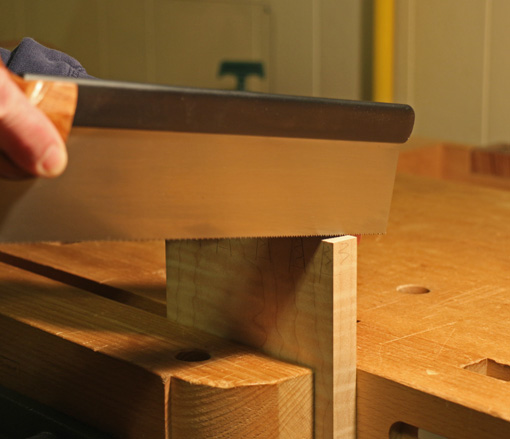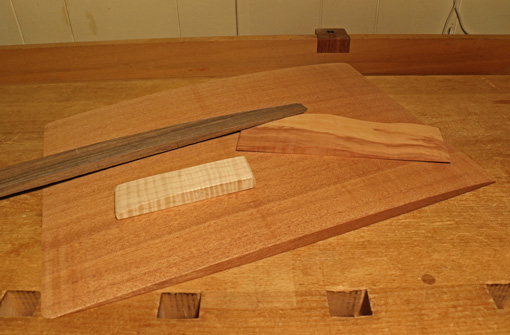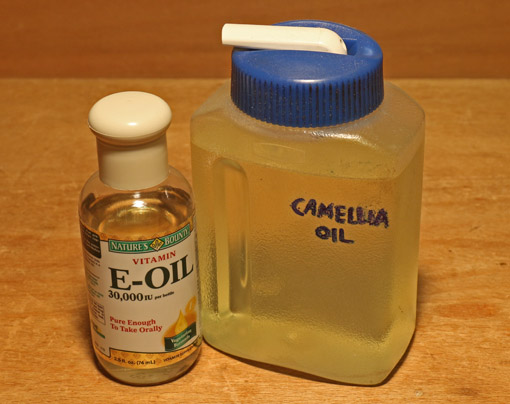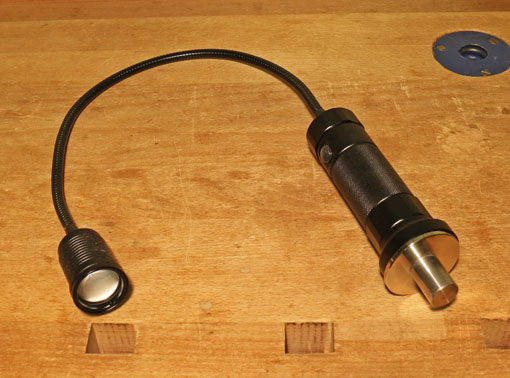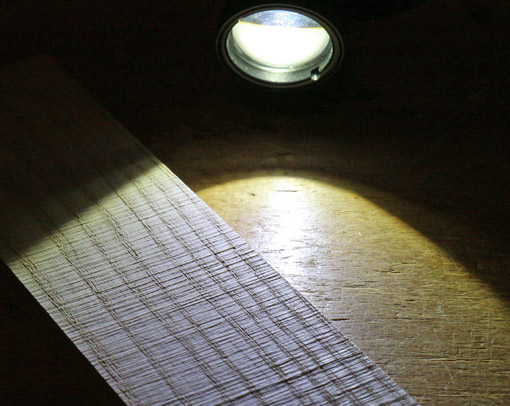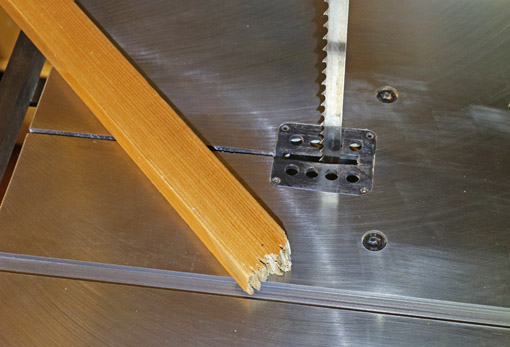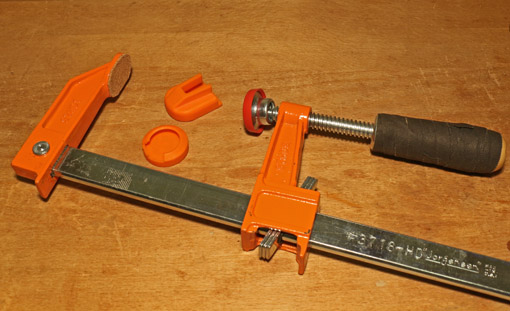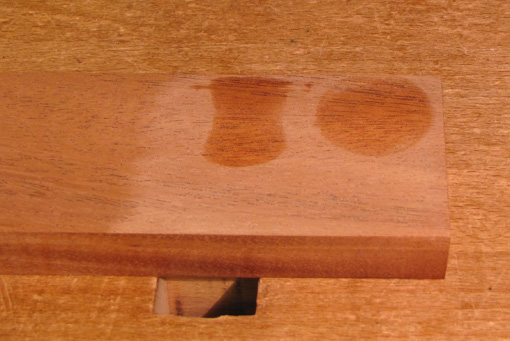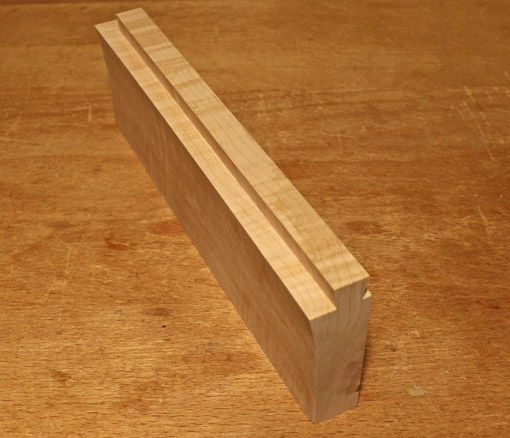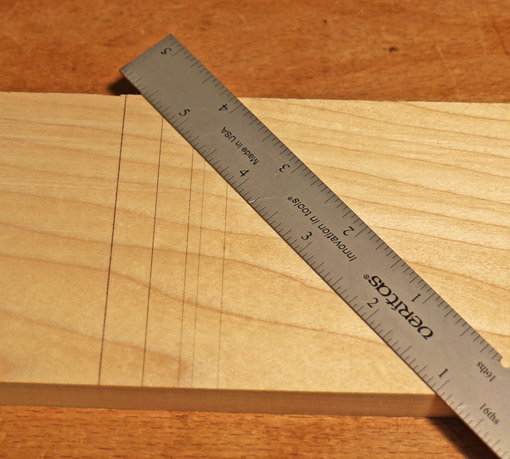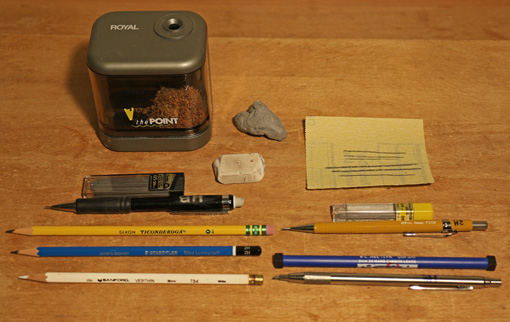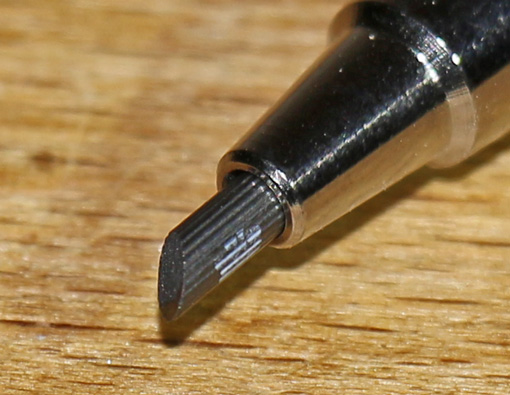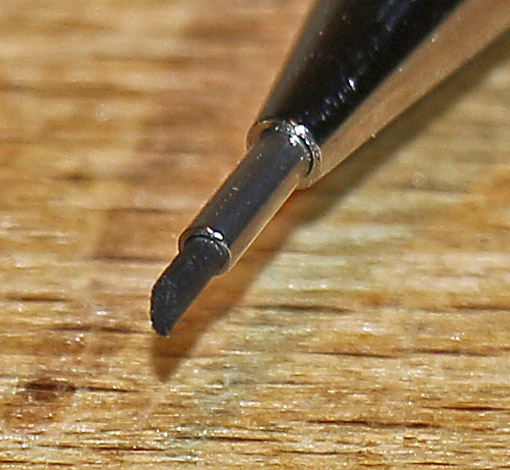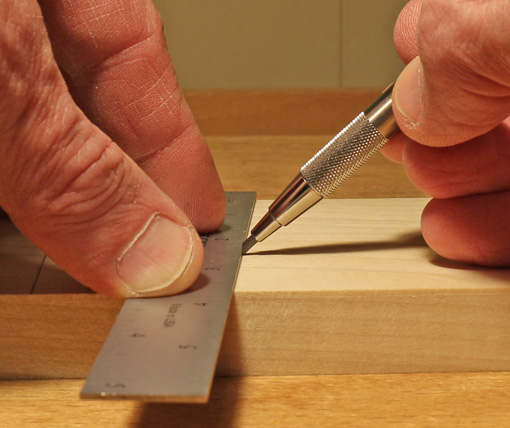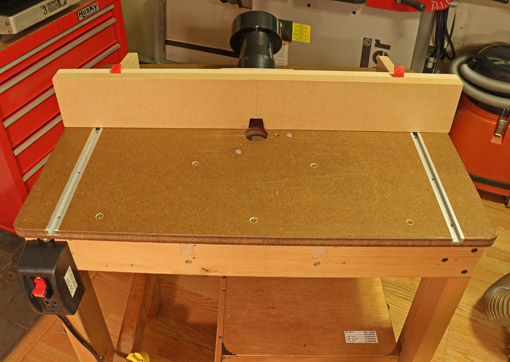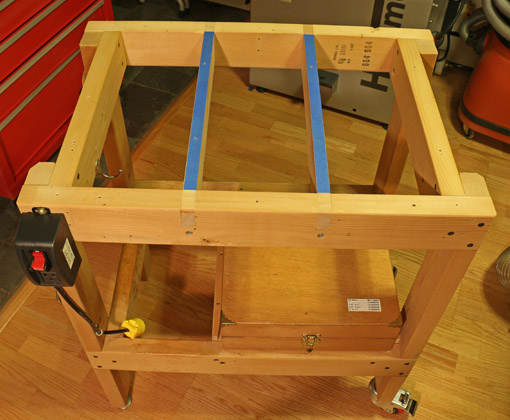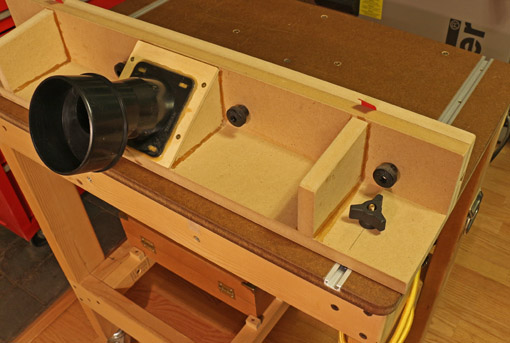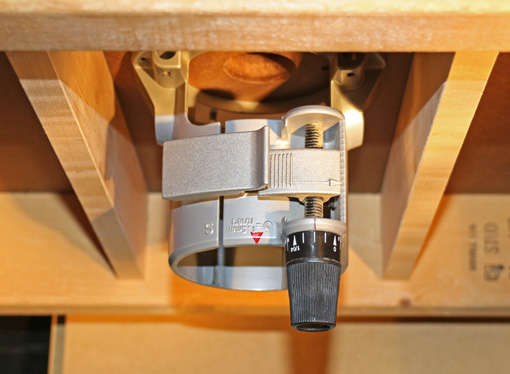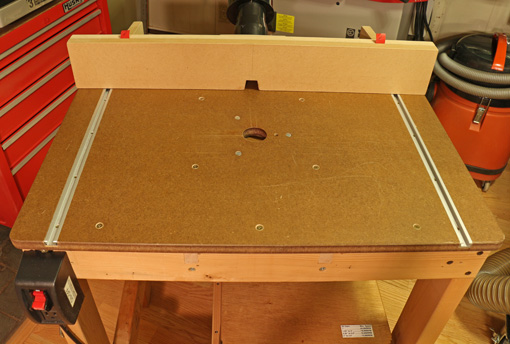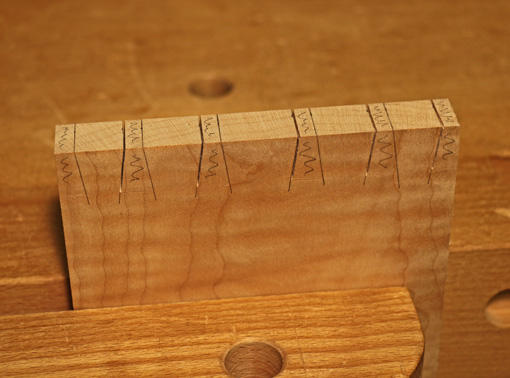
How and where would you start this saw cut? Do you start at the near or far end of the board, or attempt to score the entire width on the first stroke? Do you drag your Western saw backward or push your Japanese saw forward to preliminarily score the wood?
This is no small matter. Accurately starting the saw cut is probably the most critical manual step in dovetailing, especially when sawing pins that have been laid out from previously cut tails.
Without a doubt, the smoothest and most accurate method for me is to slightly raise the handle of my Western push saw and start the rip cut at the far end of the board. A Japanese pull-cut saw would be started at the near end. This also works for the crosscuts at the sides of the tail board, as well as for sundry other woodworking cuts.
Though I am empirically convinced of this, let’s explore why.
As the saw teeth approach the top surface at the far corner of the wood with the saw handle raised, the rake angle is effectively relaxed (a greater “negative” rake), which makes for a less aggressive and more controllable entry into to wood. Approaching from the near corner (with the saw handle lowered) would effectively increase the rake angle, creating a positive “hook” rake, which is aggressive and tends to catch and jump on all but the softest woods.
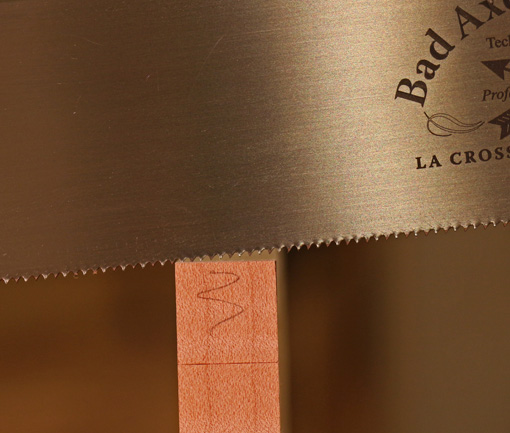
Now, the degree to which one should raise the handle varies with the saw, the wood, and personal feel. If the saw is held too flat on the wood, it may skid on the end grain as you try to engage too much wood at once. Held too steeply, the saw tends to catch the far corner of the wood. Goldilocks this – experiment with your saw and the particular wood at hand. A generally light touch, letting the saw do the work, is part of all this, of course. Bad Axe saws may come filed with a helpful relaxed rake at the toe, which must be taken into account.
As a bonus, this method, applied to either Western push or Japanese pull saws, deposits the sawdust away from, not into, the line that the saw is advancing upon.
Some woodworkers like to start a push saw at the near end, reasoning that this pushes down the fibers, much like planing with the grain. I find that factor is outweighed by the rake factor, making that approach less reliable for me.
Likewise, I find that starting the cut by dragging/pushing the saw opposite to its normal cutting direction tends to make the saw skid and creates a kerf with a scalloped bottom that tends to catch the teeth when they are then propelled in the normal direction. It seems to me a generally mushy technique that is unnecessary with a good quality saw.
When we start a usual rip or crosscut on the flat surface of a board held horizontally, knee on the board, we are doing much the same as starting the dovetail cut in the manner that I prefer, though with a more aggressive angle, and the added advantage of sawing the fibers “down” when ripping. In fact, some people like to start the dovetail cut at the near side of the board with the saw held at an extremely low angle simulating ripping a board with a big ripsaw. The problems with that, in my opinion, is the business end of the work piece must be less rigidly held quite far above the vise jaw, and you have to start by following two lines at once.
The key point is to recognize the importance of a good start to the saw cut, experiment, and find what works best for you. Much of good craftsmanship is built on recognizing and managing the critical junctures of procedures.
And that, of course, leads to happy woodworking.
